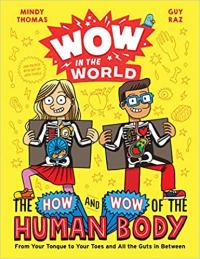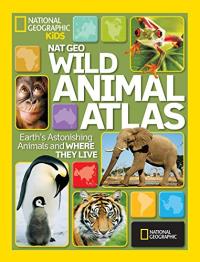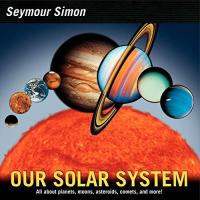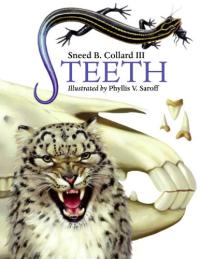Kids love to read about real people, places, and events. Nonfiction books present real information in engaging and interesting ways. However, most kids read a lot more fiction than nonfiction, so spend some extra time helping your reader learn how to navigate a nonfiction book.
Talk about nonfiction
Begin by explaining that the book you’re about to share is nonfiction. That means that the book will give us information that is true. The book will be organized around a specific topic or idea, and we may learn new facts through reading. Some kids even enjoy sorting their home libraries into fiction and nonfiction books. This simple categorization task helps your child understand the difference between fiction and nonfiction.
Look at the parts
Most good nonfiction books will have helpful features that are not a part of most fiction books. These parts include a table of contents, an index, a glossary, photographs and charts with captions, and a list of sources. Share the purpose of the features with your reader.
Table of contents
Located at the front of a book, the table of contents displays a list of the big ideas within the book and where to find them.
Index
An index is an alphabetical list of almost everything covered within the book, with page numbers. Readers can use the index to look up specific terms or concepts and go right to the specific information they’re looking for.
Glossary
Located at the back of the book, a glossary contains key words that are related to the topic and their definitions. These definitions provide more information about new vocabulary words.
Captions
Captions are usually right under photographs, figures, maps, and charts. Captions give a quick summary of what information is presented in the graphic.
Photos and charts
A lot of information can be found by “reading” the charts and photos found within nonfiction text. Readers will first need to figure out what information is presented. Then they’ll need to discover how to navigate the information. Some charts use clear labels, others require more careful examination. Help your reader learn more about the different ways information can be displayed.
Be the reading boss
Nonfiction books do not have to be read from cover to cover. Readers can use the table of contents and index to jump right to the information they are most interested in. In that way, they are the “reading boss” of that book! However, if your reader wants to read from cover to cover, encourage him to use the table of contents to understand how the book is organized. “First we will learn about the different types of frogs. Then we’ll learn where they can live, what they eat, and how they survive.” Passages from the book can be reread as often as necessary until your child understands what is written. You can refer to pictures, charts and tables over and over again as well.
As natural learners, young readers are drawn to books that give information about something or explain something they’ve always wondered about. With a little help and guidance about reading nonfiction, you can feel good about introducing your child to a new world of information.
Recommended children’s books

Wow in the World: The How and Wow of the Human Body: From Your Tongue to Your Toes and All the Guts in Between

Frogs

Nat Geo Wild Animal Atlas: Earth’s Astonishing Animals and Where They Live

Our Solar System

Teeth
Download this article in Spanish
Subscribe to Growing Readers!
Get our free monthly parent tips — in English and Spanish — delivered right to your inbox!
